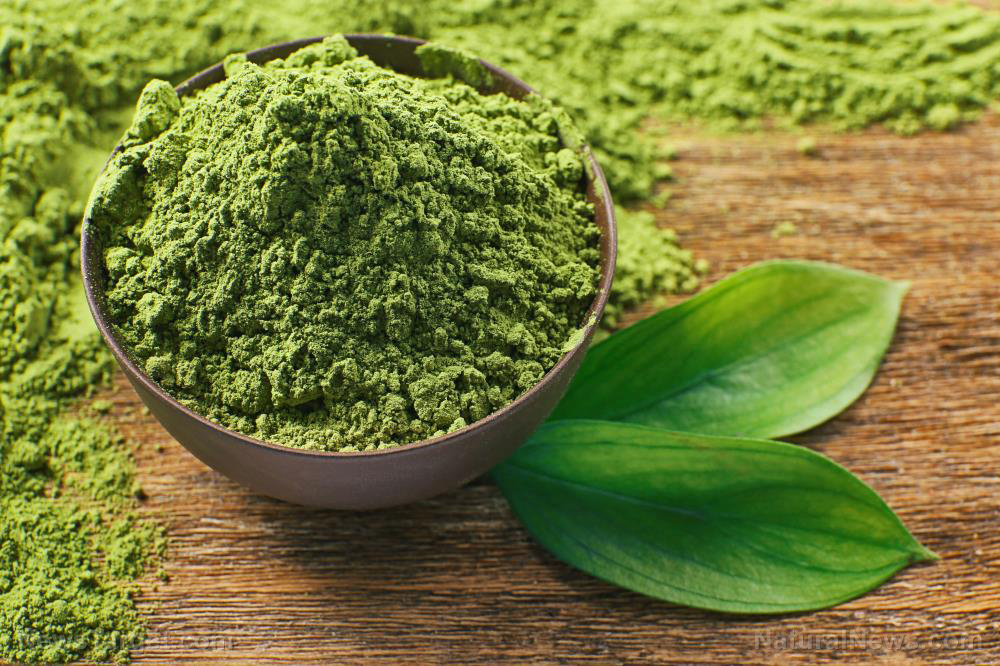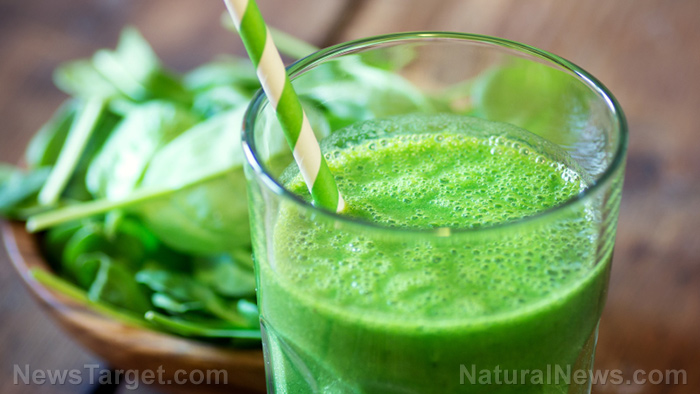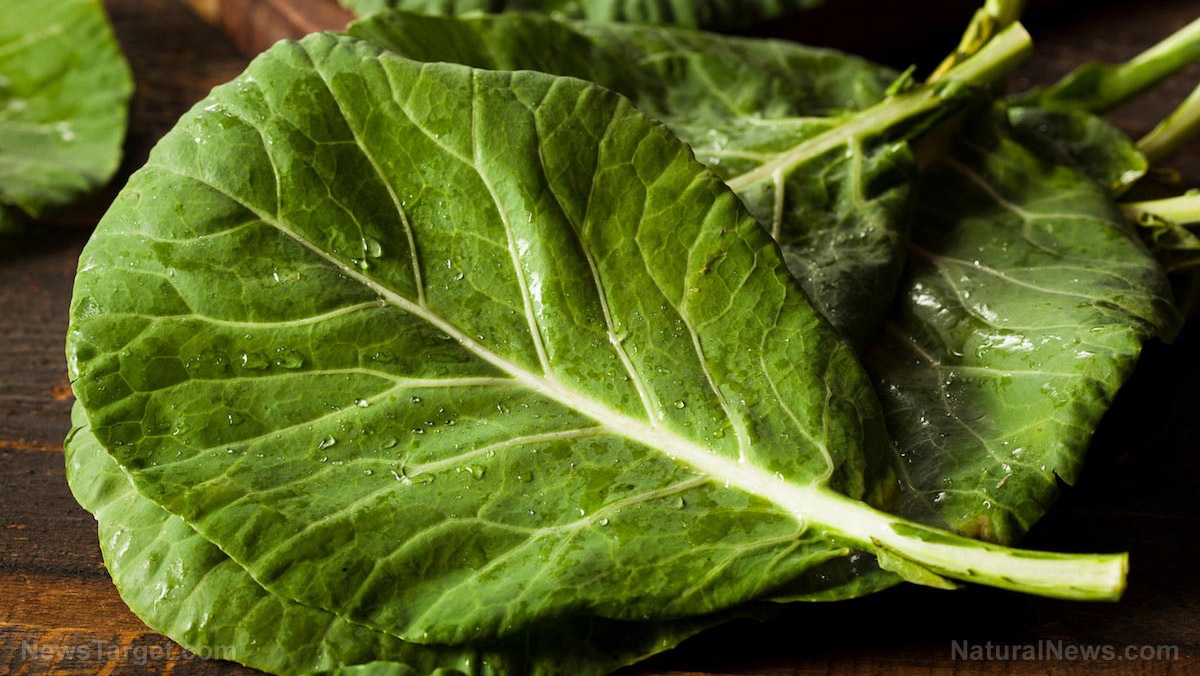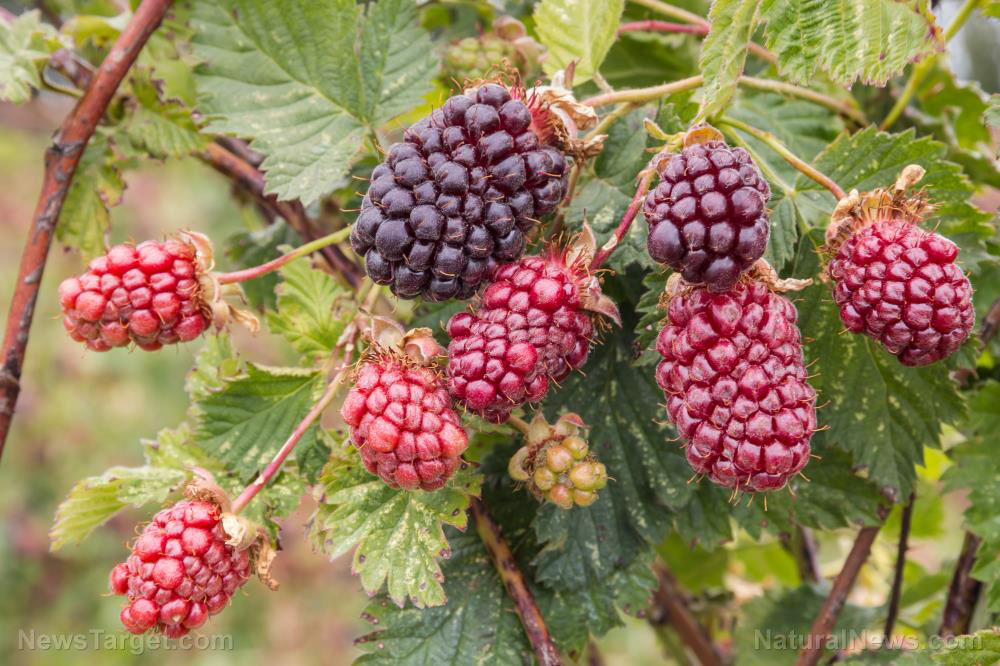Sweet potatoes are nutrient-dense foods with high amounts of beta-carotene
09/06/2018 / By Janine Acero

The sweet potato may not be a true potato, but this tuber packs just as many nutrients as its namesake.
Ipomoea batatas is a starchy root vegetable with thin, brown skin; oblong, tuberous roots; and usually orange-colored, sweet-tasting flesh. It is native to Central and South America and grows well in subtropical climates.
Excellent source of beta-carotene
Sweet potatoes are rich in complex carbohydrates, as well as dietary fiber, which support a healthy digestive system. They are also high in vitamin C, B-vitamins, and minerals such as calcium, iron, magnesium, potassium, selenium, phosphorus, and zinc.
Sweet potatoes are known to be particularly rich in beta-carotene, an antioxidant that is converted into vitamin A when consumed. Vitamin A plays a vital role in developing and maintaining healthy vision. Orange-fleshed sweet potatoes contain the highest levels of beta-carotene.
In several African studies, sweet potatoes were found to contain between 100 to 1,600 micrograms of vitamin A in every 3.5 ounces — enough, on average, to meet 35 percent of all of your vitamin A needs, and in many cases, enough to meet over 90 percent of a person’s vitamin A needs (with this single food alone).
The purple-fleshed variety contains anthocyanins, a type of flavonoid that gives berries and other foods their red, blue, or purple color.
The leaves and tubers of sweet potatoes are a good source of vitamin B6, which helps prevent cardiovascular disease by protecting the blood vessels and arteries. The human body cannot synthesize B-vitamins, so it must be obtained from your diet.
The power of the elements: Discover Colloidal Silver Mouthwash with quality, natural ingredients like Sangre de Drago sap, black walnut hulls, menthol crystals and more. Zero artificial sweeteners, colors or alcohol. Learn more at the Health Ranger Store and help support this news site.
Sweet potato leaves contain additional nutrients, such as phytosterols, essential amino acids, flavonoids, caffeic acid, and alpha-linolenic acid. (Related: Sweet potato leaves are packed with nutrition.)
The antioxidant and phenolic compounds present in sweet potatoes provide additional health benefits. Chlorogenic, isochlorogenic, and caffeic acids have antioxidant properties and may help to lower blood pressure. Caffeic acid, in particular, shows immunomodulatory, antimicrobial, and anti-inflammatory activities.
When combined with the intake of protein, the antioxidants from sweet potatoes become more bioavailable.
Sweet potatoes are nutritious in general, but they also contain oxalates which bind calcium and other minerals. Too much consumption of oxalates may cause kidney stones. If you have existing kidney stones or are at a high risk of developing them, it is best to eat sweet potatoes in moderation. Check with your healthcare provider to determine how much sweet potatoes may be allowed in your diet.
More about sweet potatoes
Despite both being called “potatoes,” sweet and common potatoes are not at all related. Sweet potatoes belong to the morning glory family, while common potatoes (Solanum tuberosum) belong to the Solanaceae family, or the nightshades.
Sweet potatoes can be eaten whole or peeled. Other varieties come in yellow, cream, white, pink, and even purple colors. The sweet potato plant produces beautiful white, pink, or purple flowers, and has heart-shaped leaves which are also edible.
Sweet potatoes are produced in more than 100 countries; they are widely cultivated throughout Mexico, Central America, and the Caribbean. Currently, China produces the most sweet potatoes, followed by Africa, Central America, South America, and the U.S. These root vegetables are in season in November and December, but can generally be found year-round in supermarkets.
Sweet potatoes are often mistakenly called “yams” in the market, but true yams belong to yet another distinct family of tubers called Dioscorea. Generally, foods marked as “yam” in the U.S. market should be assumed to be sweet potatoes.
Learn more about the nutritional benefits of sweet potatoes and other superfoods at Superfoods.news.
Sources include:
Tagged Under: beta carotene, healing food, Ipomoea batatas, nutrients, sweet potato




















